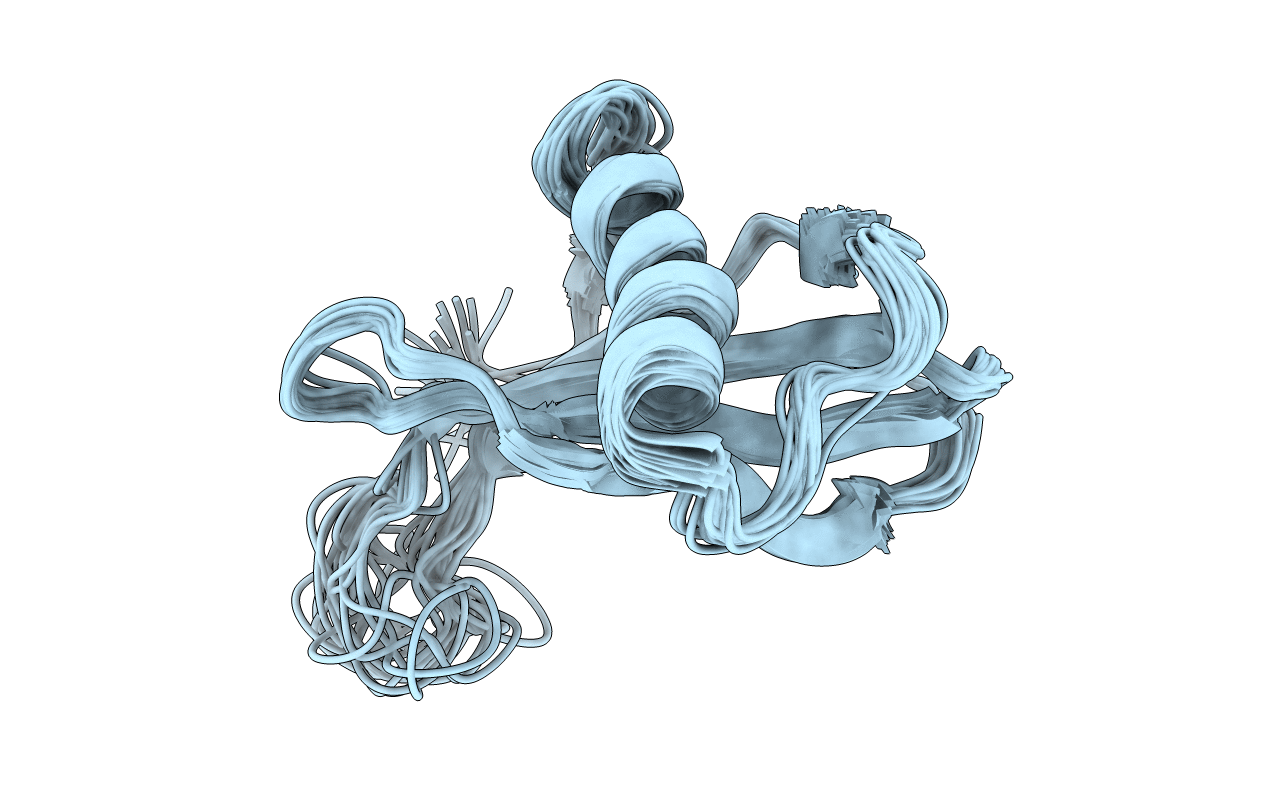
Deposition Date
2002-07-29
Release Date
2003-06-10
Last Version Date
2024-05-29
Entry Detail
PDB ID:
1M9G
Keywords:
Title:
Solution structure of G16A-MNEI, a structural mutant of single chain monellin MNEI
Biological Source:
Source Organism:
Dioscoreophyllum cumminsii (Taxon ID: 3457)
Host Organism:
Method Details:
Experimental Method:
Conformers Calculated:
100
Conformers Submitted:
20
Selection Criteria:
structures with the lowest energy


